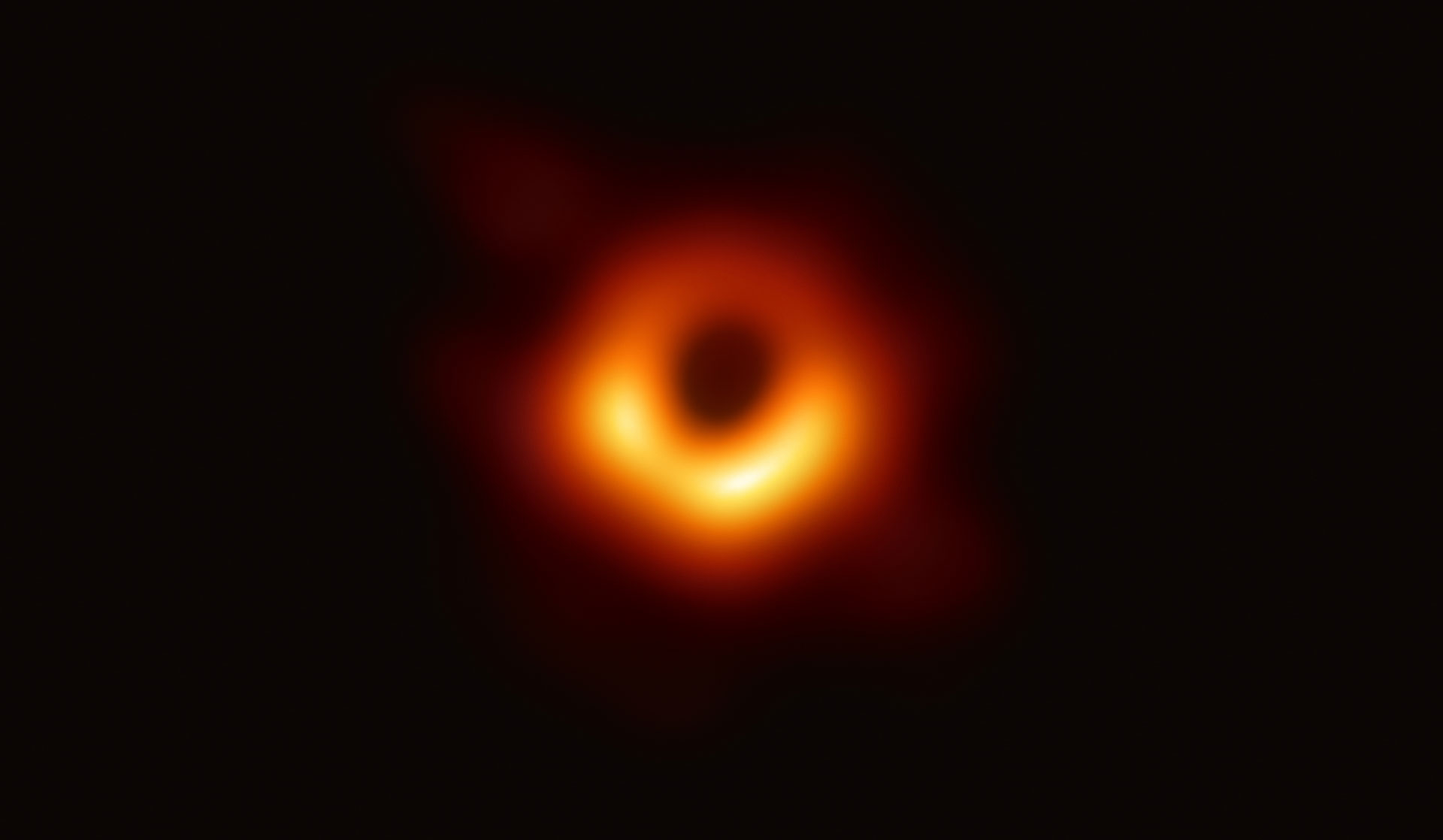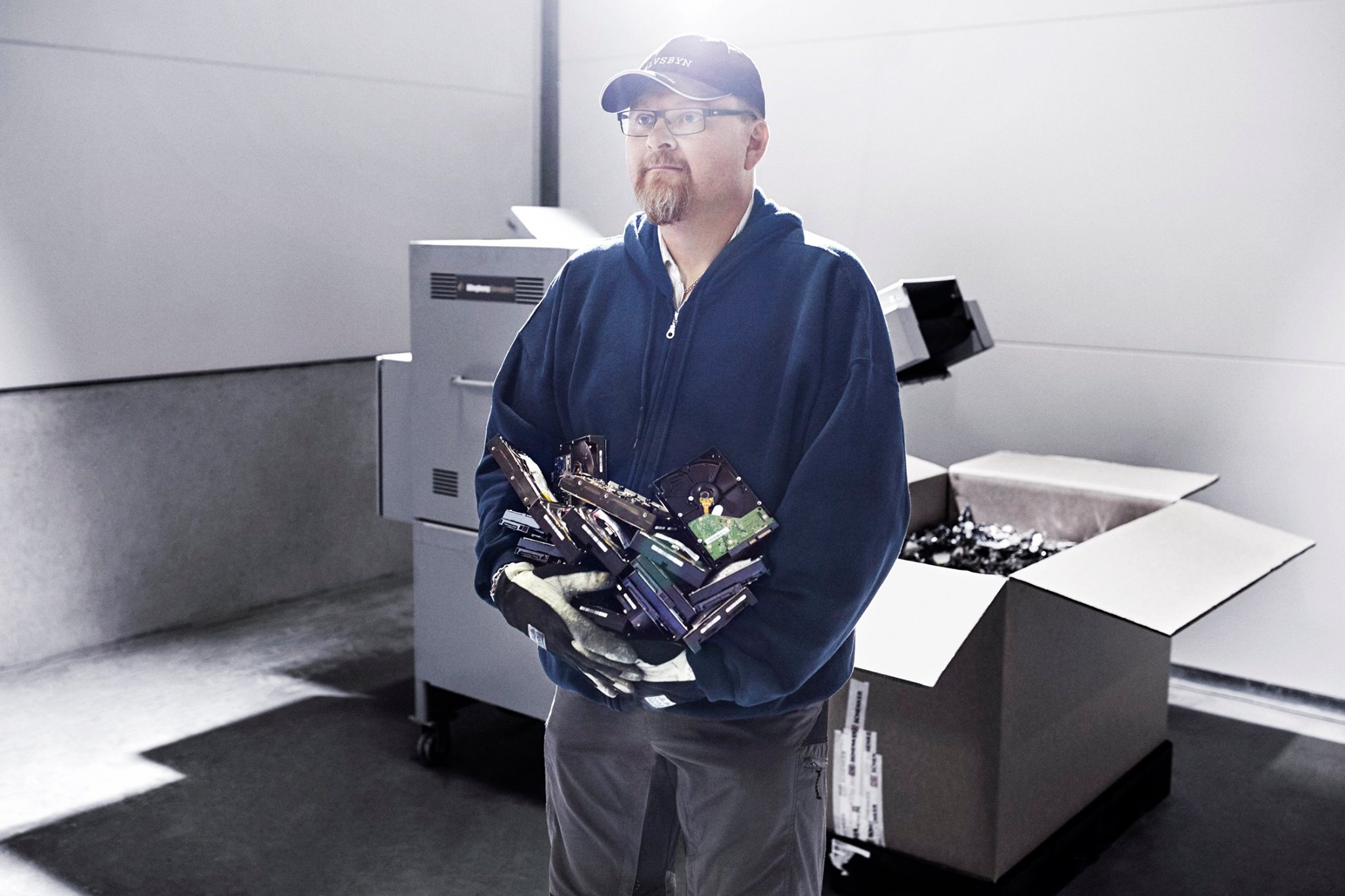I am also only sharing only a part of the available space with Storj, there’s many of us. The available storage will go up with demand.
Exactly, if the potential profit increases caused by gaining a large customer, SNOs will definitely be ready to increase the space available for Storj.
Space isn’t the issue. If people can make money by adding more space, the space will be there.
You would have to look at both NASA’s requirements and the Government rules on storing their data. I’ve worked on software that NASA has used for record and file storage, we were a third party software development house. A lot of times for things like this, you need to be ISO compliant (certified).
That said, if Tardigrade didn’t currently qualify, we would have an idea of where we have shortfalls on bidding on projects like this, and then can focus on filling in those gaps through future development and business practice. So, it’s definitely worth investigating.
You can consider my nodes space virtually endless. Sure it has 10TB available now, but Storj already paid for my first HDD upgrade and I’ll buy more if it fills up. Just upgraded to gigabit internet too. I’ll be ready when the time comes.
To infinity and beyond!
I currently have 3 x 2 TB = 6 TB online. I can and would quickly, easily, and HAPPILY supply 1+ PB to the network on my own. ![]() I think I would max out at about 6 PB within my current space limitations (an otherwise unused apartment built into my home which my electrician is helping to convert into a grid-tied solar mini-data center with all the trimmings).
I think I would max out at about 6 PB within my current space limitations (an otherwise unused apartment built into my home which my electrician is helping to convert into a grid-tied solar mini-data center with all the trimmings).
I agree with those who say SNOpeople will supply whatever the demand. ![]()
Didn’t realize so many SNO could provide so much storage… I am personnally providing 3TB and I thought it was already a lot, lol…
I wasn’t planning on expanding anytime soon, and my nodes weren’t exactly super profitable during “normal” months lately (that is months without massive network testings)
But I must say I’d be happy to add more space if egress becomes interesting with time.
Now that we’re in production, maybe everything’s going to speed up in the coming months… Who knows ![]()
The more you store, the more egress you’ll see. Don’t get distracted by the test patterns that only downloaded recently uploaded data. That’s unlikely to be what production use looks like.
It will depend on how fast the data needs grow, but I expect storj may keep paying for any expansion needed for my node. So why not grow with it and maximize earning potential.
Yes I know. We’ll see, watch this space…
Total storage 63.5 TiB; used 36.8 TiB; available 26.7 TiB
100+TiB stay offline
And what did NASA say?
i don’t get how this is suppose to be a lot of data… i mean okay so lets look back… today datacenters can get like 20tb and 100tb 3’5" drives… but lets assume the utilization of 20tb drives… nice number to count with…
so 50 for 1 PB so 12500 hdd’s okay that is a lot of hdd’s right now…
now we have a size, so lets see 12500 max capacity hdd’s was in total capacity 5 years ago
this seemed useful… so lets assume 6tb like this article says…
so 12500 of those hdd’s would be 2100 of max capacity today…
a bit more than i had expected, but still … then we could image them using the 100tb ssd models to make it cheaper on maintenance… tho might not be worth it…
anyways with 100tb it would be down to a meek 1/5 so 420 drives… meaning it could literally be hooked up to two servers in state of the art modern tech… if capacity increase at about the same rate…
ofc i’m sure there are a ton of other factors for NASA.
so what would the cheap version cost… 2100hdd’s of what lets say 20$ pr TB in bulk buy… Sata enterprise types, so 20tb pr hdd x 20$ = 400$ x 2100 hdd’s so the NASA expense in 5 years if capacity and inflation shows similar trends over the next 5 years…
840000$ in expenses for storing 250PB in 5 years…
really NASA cannot afford that… cost more to send a pencil to the moon… ![]()
they literally have cancelled experimental projects 40 years old that they did just because if it worked it would be revolutionary, and that costs more than that…
https://www.indeed.com/cmp/Nasa/salaries
or they could fire 8 people and still have money for the servers to run the stuff lol
i find the numbers not trust worthy… i’m sure nobody actually said 250PB and if so thats estimates from today’s standarts… expecting the cost would be what that costs now… not in 5 years… because in 5 years… that is kinda abit pathetic i think…
if one can call it that when nearing the exabyte range… lol
today 250PB would cost… well it would take 10k x 20tb to get 200PB so 12.5k … right already did that, 12.5k x 400$ = a much more reasonable 10million…
and still NASA spending 10mil on IT, doesn’t really seem like a lot of money still…i suppose the major cost is the power bills and the redundancy and what not…
not that all that really matters…
NASA come and STORJ ya stuff
But buying drives would not be enough. Also from your calculation I don’t see any redundancy or excess hardware for failed drives. Also no hardware for servers to organize metadata and databases and such stuff.
How about maintanence for all required drives and computers.
I think once I have seen an image or a clip of Facebook datacenter with a technician whose purpose was to eject failed drives from servers plug in new ones and shred the old ones. Something like this:
So there is much more than just the onetime purchasing costs for the space for the data. But I know you know that.
just trying to put some basic understandable numbers to something that is a bit ethereal.
the one square mile telescope (i think it was called) being built in … australia is suppose to put out about the same data as the internet currently is… every year … or something ridiculous like that.
if i remember correctly they literally have data scientists inventing new storage solutions to try and even have the ability to capture the data… lol
so thats going to be interesting… i forget who is building it… might be a global collaboration project if memory serves.
I just heard recently that for the famous image of the black hole they captured 4.5 petabytes of data during 7 days and shipped that on hard disks to the processing locations. It was 960 hard drives altogether.
Those are the customers we need for Tardigrade. ![]()
![]()
![]()
i do hope that wasn’t the blurry one i saw a while back… because then i really feel that dataset was misrepresented…
i think it was the first direct image of a blackhole maybe… ofc it was a fair while back… year maybe less, but everybody was like… HOW IS THAT IMAGE SO CRAPPY
i mean look at it, does that look like 4.5 petabytes, i do know its a bit more technical than that and they might not want to corrupt potential useful data for future study…
but if this is all they took away from it… well then i would argue they are doing something wrong and how couldn’t this be compressed… seems pretty basic

but hey it’s a image of a blackhole and technically sure… useful…? doubt it… pretty…? not really… advancing the frontiers of science…? kinda…
how about space photographer takes image of blackhole for likes… ![]() may be more spot on
may be more spot on
but if i’m paid for storjng it, then i would ofc… seems like a waste of space tho…
can a blackhole even be a waste of space… ? O.o
Black hole is not visable by human, i think this picture is just representation as scanning some lot of differen things puted together.
the image shows the accretion disc of a super massive blackhole, so yeah a blackhole “cannot” be seen unless if we can see hawking radiation… not sure about that
but the super heated matter flowing into a feeding blackhole can be visibly observed and thus one can essentially image the blackhole, even tho it’s not there… basically like we can take a photo of a shadow even tho it’s the lack of something…
Not sure the Storj network could grow fast enough for such customers…
Let’s try!! ![]()
I think it could. Many of us can add a new drive within days or even buy a new RPi and a drive if the ingress increases that much.
Currently I have 5 TB left but should the ingress increase significantly with an announcement of such a customer, I’d add a new 8TB drive within 3 days.
At the same time it would attract new SNOs so the network would be growing in numbers too.
